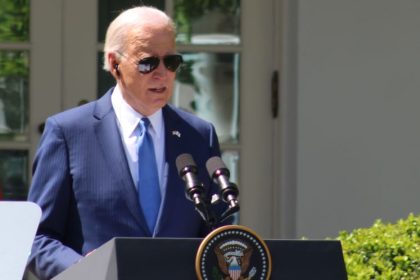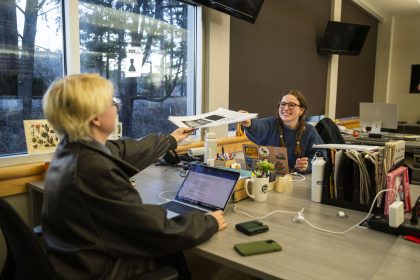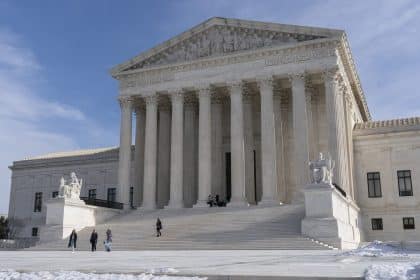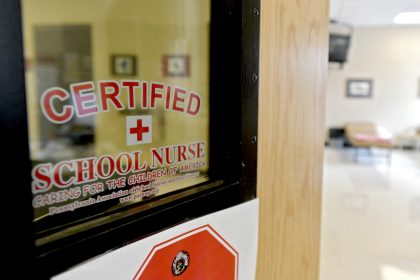New Study Warns of COVID-19’s Negative Impact on Rural Colleges and Communities
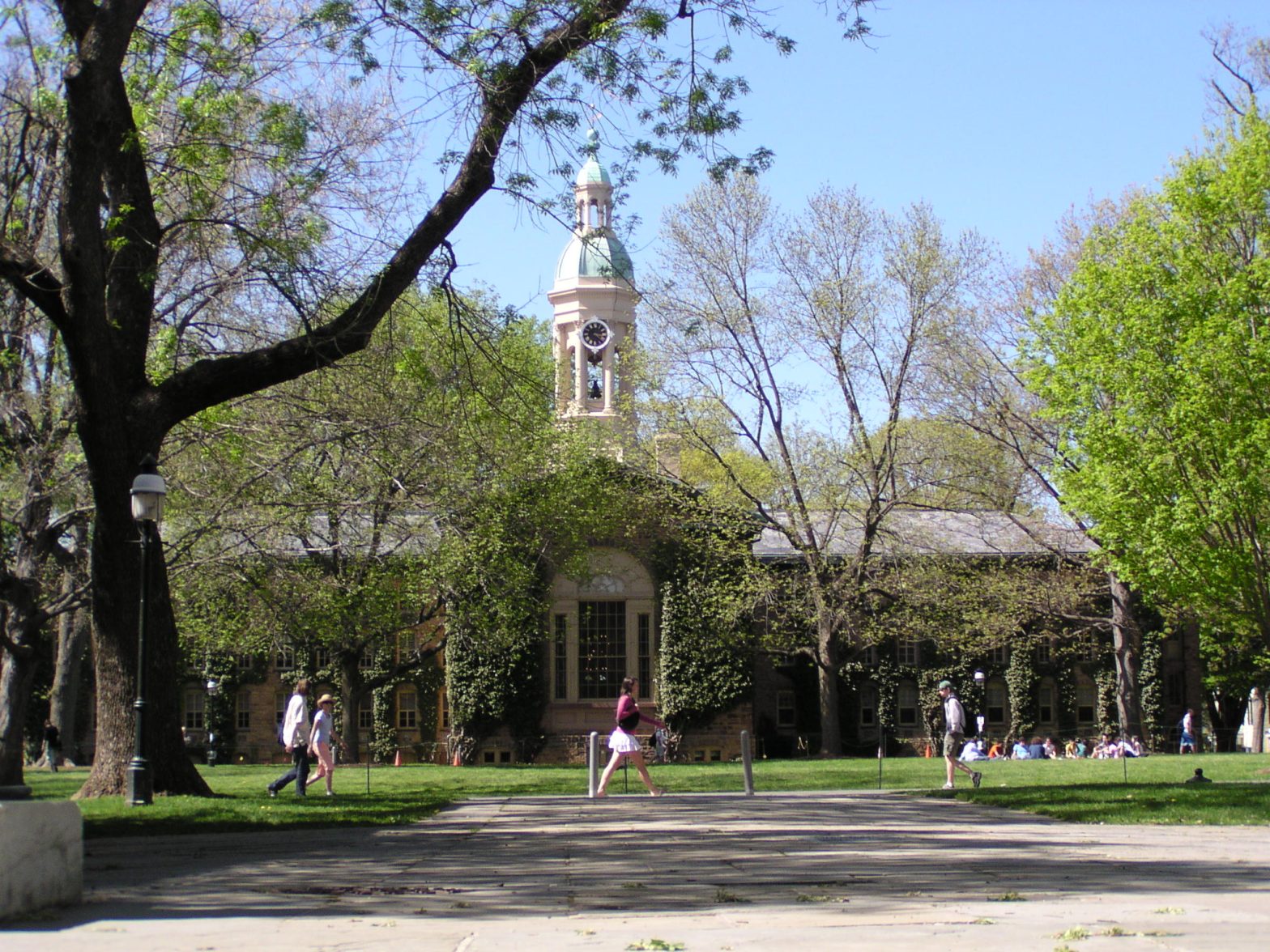
A new study published by the Alliance for Research on Regional Colleges reveals that the COVID-19 pandemic’s impact on underserved rural colleges and surrounding communities could endanger the stability of local economies, health care systems and social mobility for the foreseeable future.
The study, a research collaboration among four universities that took place over the course of seven months, focuses on five key findings from its examination of 118 rural, broadly accessible colleges from 39 states across the country. These findings include:
- Rural public colleges sustain local economies and fuel community development.
- Rural public colleges provide college-educated workers for high-demand local industries.
- Rural public colleges are important partners in building public health infrastructure and battling COVID-19 in rural communities.
- Rural public colleges provide an access point for educational opportunity in rural communities.
- Rural public colleges are underfunded, relative to other public colleges, and need more financial support to serve their communities through COVID-19 and beyond.
According to the report, most of the 118 rural colleges were already preparing for the potential impact that the coronavirus pandemic was going to have on them before lockdowns were instituted nationwide.
To prepare ahead of the lockdowns, colleges have had to reduce worker hours, furlough employees, freeze vacant positions and lay off workers all while expecting budget cuts from state governments. In effect, these preparations have made rural colleges financially strapped for cash.
“Prior to the pandemic, rural public colleges were not wealthy, tending to have smaller endowments and lower state funding than research and urban universities,” says the report. “Emerging data suggest that COVID-19 has stressed the finances of rural public colleges, with revenue losses at times representing nearly 10% of institutions’ total budget.”
In addition to serving as larger employers for local economies, rural colleges have become important in the healthcare field as they form joint partnerships with local hospitals to provide much-needed medical care to underserved communities.
“Roughly one-quarter of rural counties in the analysis were ranked in the bottom quartile of their states for health outcomes, with 41% of people in these counties reporting poor or fair health. One-quarter of the rural counties had a population-to-physician ratio below the state average, which creates barriers to adequate health care.
“Nearly a third of the rural counties have at some point been designated as medically underserved areas (MUAs), which are geographic areas with a shortage of primary care health services, and 37% had a mental health professional shortage,” continued the report.
In addition to providing degrees in health care professions, rural colleges provide free clinics, COVID-19 testing as well as disseminating public health information related to COVID vaccines.
“Rural public colleges are anchor institutions in their regions,” said ARRC co director Dr. Andrew Koricich in a public statement.
Koricich continued, “These colleges serve as critical access points to postsecondary education preparing teachers, nurses, and other essential workers for the local economy.
“As the COVID-19 pandemic continues to take a heartbreaking toll, especially in rural places, the long-term strength and vitality of rural public colleges is crucial to ensuring opportunities for economic advancement at both the individual and community level.”
Aside from the employment impacts that rural colleges have on their communities, they also serve their communities by addressing shortages in necessary jobs such as teaching and nursing through their degree programs offered.
Additionally, rural colleges host degree programs that align with in-demand industries that benefit rural communities, such as tourism and hospitality, health care, business and education, among others.
“Rural public colleges produced 16,248 degrees in health professions and related programs, including 9,662 nursing degrees, addressing critical workforce shortages in this area.
“They also awarded 6,573 degrees in homeland security, law enforcement, firefighting, and related protective services, 13,067 teaching certificates, and 5,261 degrees in parks, recreation, leisure, and fitness management in 2019.”
To remain educationally accessible for local students, rural colleges meet students’ and the communities’ needs by providing low tuition rates, despite facing state budget cuts, as well as having high acceptance rates above 80%.
The study also notes that rural colleges serve a larger share of Pell grant recipients compared to the averages of other public institutions. Additionally, rural colleges serve growing student body populations featuring Hispanic, Latinx and Native American students while steadily maintaining White and Black student population numbers.
Alongside presenting their general findings throughout the report, the researchers also include highlights of particular rural institutions and student body demographics (i.e. Native American students) that showcase how they give back to their communities and the significance of the social mobility opportunities that rural colleges provide.
When asked about the intention behind these spotlights, Dr. Kevin R. McClure, an associate professor of higher education at the University of North Carolina Wilmington and co-director of the ARRC, said, “Our goal with the ‘In Focus’ sections was to exemplify the reports’ findings in a way that reminds readers that these are real places providing services to real communities.
“The section on Native American students is especially important to us because there is a history of erasing Native American students in educational research, especially when relying on federal data.
“We wanted to highlight the fact that many Tribal Colleges and Universities and Native American-Serving institutions are located in rural areas, and many Native American students rely on these institutions to access higher education. It was an intentional effort on our part to ensure these institutions are recognized.”
Despite all the good that rural colleges continue to do for their communities amid the pandemic, rural colleges face the danger of possibly shutting down as the pandemic continues, which according to the authors would have, “cascading negative impacts that will exacerbate economic, health, and educational disparities in rural communities.”
To combat the possibility of closures, the researchers of the study proposed several short and long-term policy solutions for lawmakers on how to federally intervene.
Short term solutions for intervention include:
- Revise future stimulus funding for rural colleges according to headcount, not full-time student enrollment.
- Create federal block grants to restore funding for public colleges back to pre 2008 levels.
- Set aside funding for $1,000 Pell grants for rural students for virtual learning and laptops.
Several long-term solutions that the researchers propose include, but are not limited to:
- Leverage rural colleges and improve public health by uniting both institutions the creation of clinics and hospitals.
- Institute loan forgiveness for health science graduates.
- Encourage entrepreneurship by leveraging regional commissions and by modifying business development programs so rural colleges can help small businesses.
- Encourage workforce development through the Workforce Opportunity for Rural Communities initiative.
- Restore funds for tribal workforce development programs and develop an AmeriCorps program for nonprofit agencies, public colleges, and government agencies serving rural communities.
- Address teacher shortages.
- Provide federal designations and funding under Higher Education Act Part Q for rural higher education institutions.
When asked about the potential timeline of when these short and long term solutions can be implemented, Dr. McClure responded to The Well News by stating, “We didn’t know the election outcome when we wrote the policy recommendations, but the short-term recommendations are the ones we think should be enacted as soon as possible.
“With the start of the Biden administration, the first 100 days presents an opportunity to act on some of these ideas.
“We intentionally tried to recommend policy solutions that leverage existing federal agencies and regional and rural development initiatives,” explained McClure. “Some of these recommendations wouldn’t necessarily require a prolonged policymaking process.
“We also think several of these solutions are non-statutory and could be explored through avenues like the Department of Education. For example, the federal Rural-Serving Institution designation could start at the Department of Education before any grant funding might be attached to it.
“That said, a number of the funding solutions would need to be part of legislation. That could happen relatively soon as part of another COVID-19 relief package or other congressional action.” The full report detailing the ARRC’s findings and policy solutions can be read online via the ARRC’s website.


















